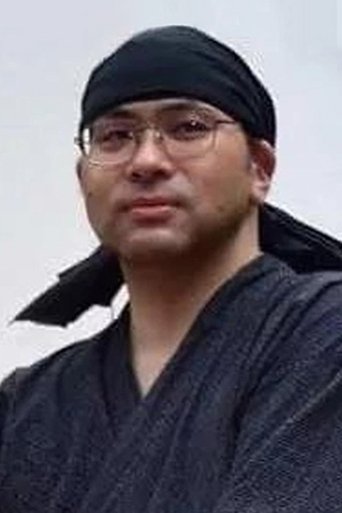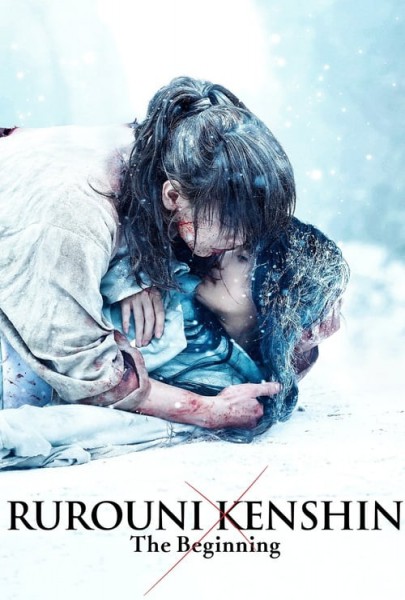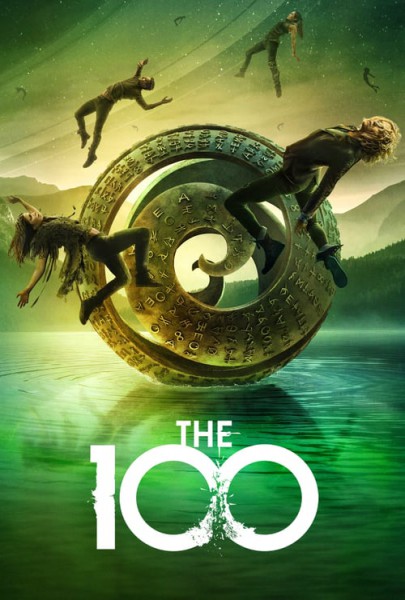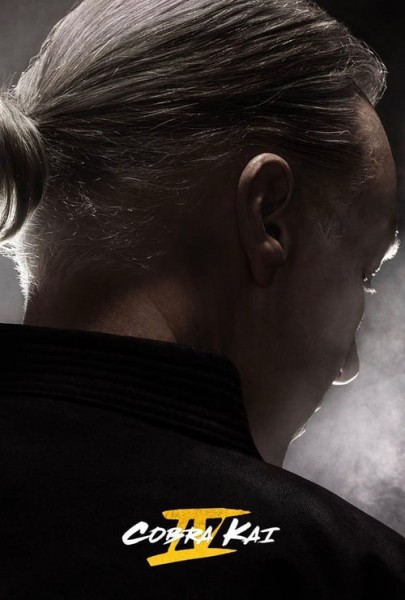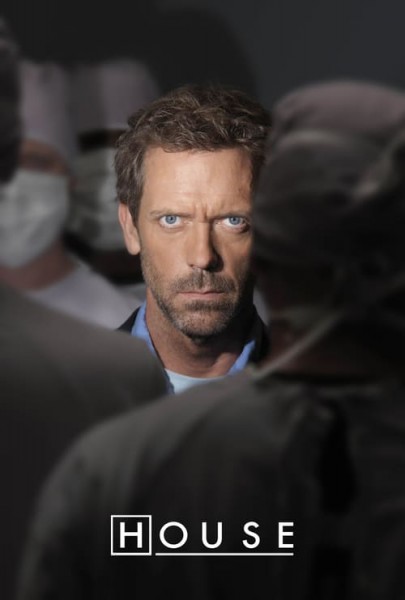Nobuhiro Watsuki
Writing
-
Male
1970-05-26 (55 years)
Niigata, Japan
-
-
1.22
Nobuhiro Watsuki (和月 伸宏 Watsuki Nobuhiro?, born May 26, 1970) is a Japanese manga artist, best known for his samurai-themed series Rurouni Kenshin. and his fantasy series Buso Renkin, both of which have been adapted into anime series. He once worked as an assistant for his favorite artist Takeshi Obata.
When Watsuki was in middle school, he practiced kendo. He still drew Manga but also enjoyed sports. Watsuki admits that he was "So weak in fact, that I was an embarrassment to my 183 centimeters of height" (about 6 feet). Watsuki never won a kendo match. He was once chosen to be a starter after a teammate was suspended for causing an uproar. Watsuki grew frustrated with kendo, and eventually quit. When he was challenged to come up with a new character for Rurouni Kenshin, he used his outlook on kendo for a base of Myōjin Yahiko.[1]
Nobuhiro Watsuki has had many works in the past. In high school he won the Hop Step award for his work on his manga he called Podmark. This award winning title was Watsuki's first manga and it has not been translated into English. Later on, Watsuki was an assistant in the work of Mashin Bōken Tan Lamp-Lamp (Arabian Genie Adventure Lamp-Lamp). The model for Sagara Sanosuke was based on a version of Lamp.[2] In 1994 a new manga was created and published in Weekly Shōnen Jump. It seems that this was the first manga about Rurouni Kenshin.
When not working on manga, Watsuki enjoys playing video games, reading other manga, and watching television. His favorite American comic book is X-Men because he likes the action. His favorite anime (other than his own) is Neon Genesis Evangelion. He likes video games like Samurai Spirits and things of that sort. He also enjoys action movies like Die Hard and The Matrix.
Watsuki describes himself as "pro-dōjinshi" and asks fans to send fan comics.[3]
From August 9–11, 2013, an exhibit of art from Rurouni Kenshin was displayed at Otakon in the United States [4] curated by Watsuki's wife, Kaoru Kurosaki.[4]

